Brake parts
-
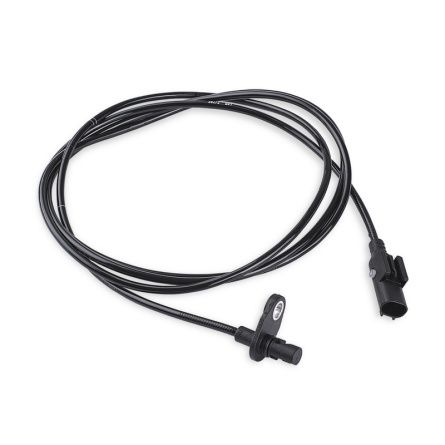
Rotational Speed Sensor
MercedesA9069050801£57.32 £47.77 -
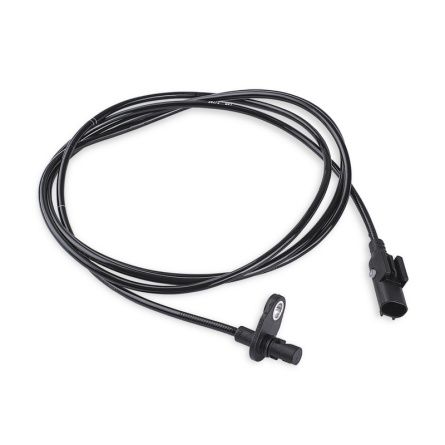
Rotational Speed Sensor
MercedesA9065404117£57.32 £47.77 -
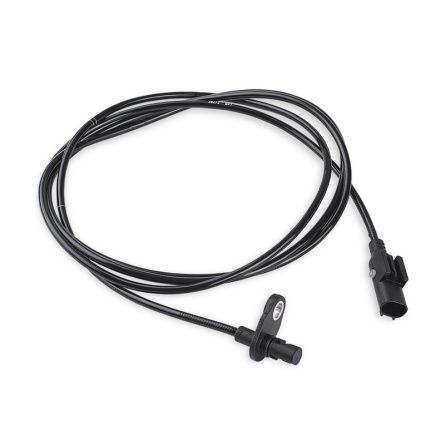
Rotational Speed Sensor
MercedesA9069050901£57.32 £47.77 -
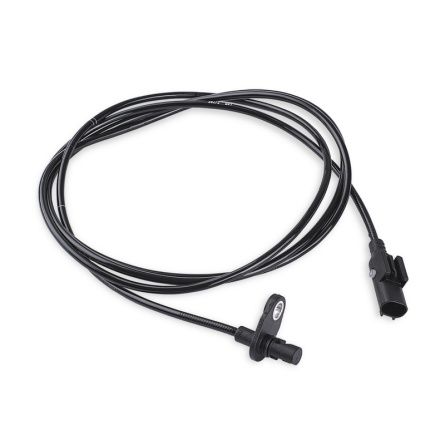
Rotational Speed Sensor
MercedesA9065404217£57.32 £47.77 -

Rotational Speed Sensor
VolkswagenWHT007147A£16.37 £13.64 -
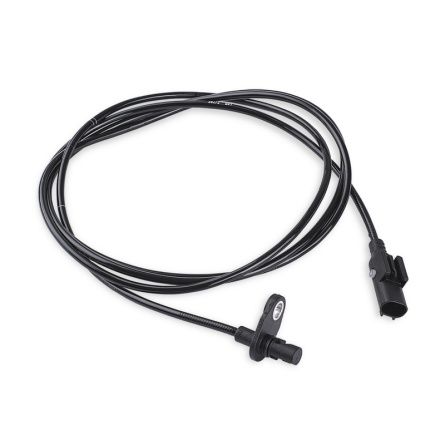
Rotational Speed Sensor
MercedesA9065400117£57.32 £47.77 -
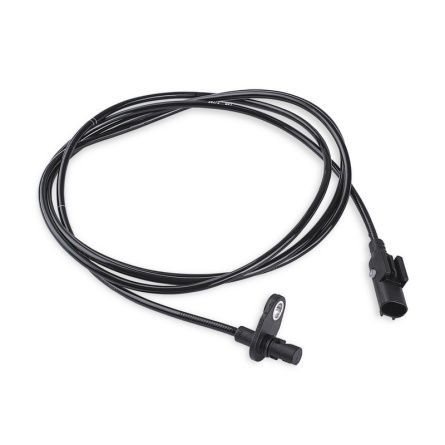
Rotational Speed Sensor
Volkswagen2E0927748B£57.32 £47.77 -
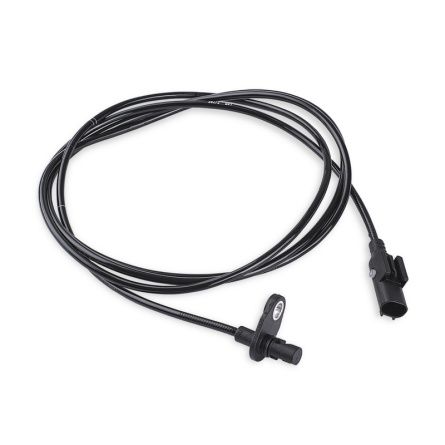
Rotational Speed Sensor
Volkswagen2E0927748P£57.32 £47.77 -
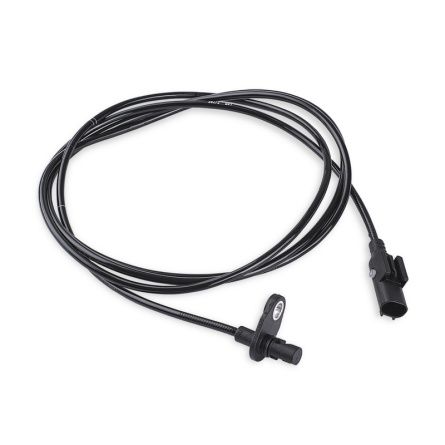
Rotational Speed Sensor
Volkswagen2E0927748F£57.32 £47.77 -
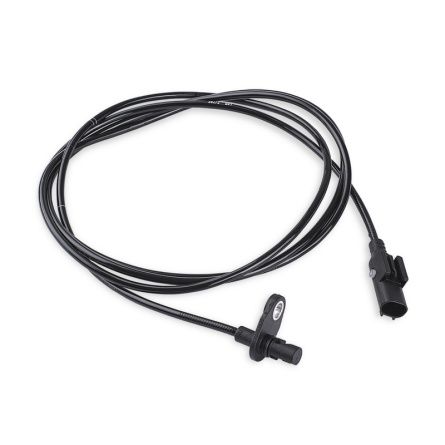
Rotational Speed Sensor
Volkswagen2E0927748AA£57.32 £47.77 -
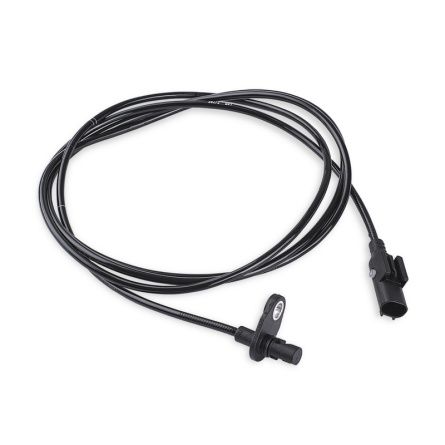
Rotational Speed Sensor
Volkswagen2E0927748S£57.32 £47.77 -
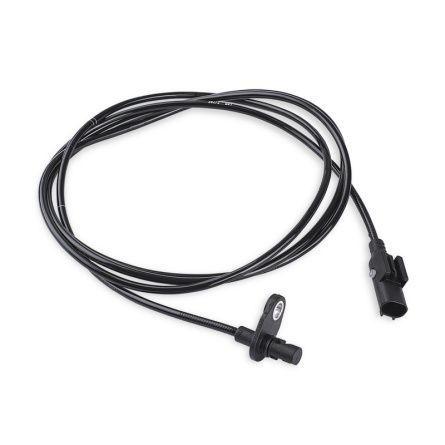
Rotational Speed Sensor
MercedesA9065400217£57.32 £47.77 -
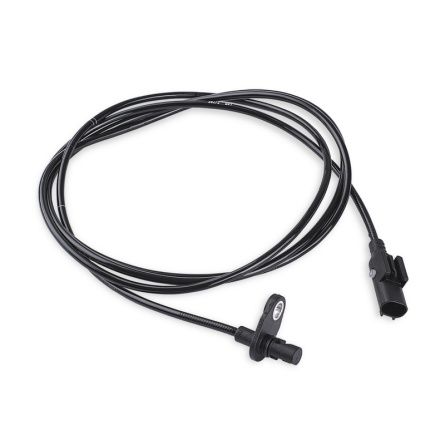
Rotational Speed Sensor
Volkswagen2E0927801A£57.32 £47.77 -
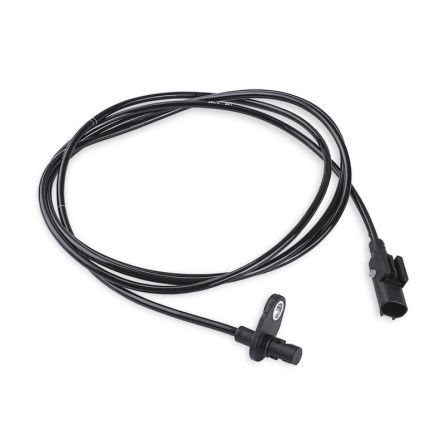
Rotational Speed Sensor
Volkswagen2E0927748N£57.32 £47.77 -
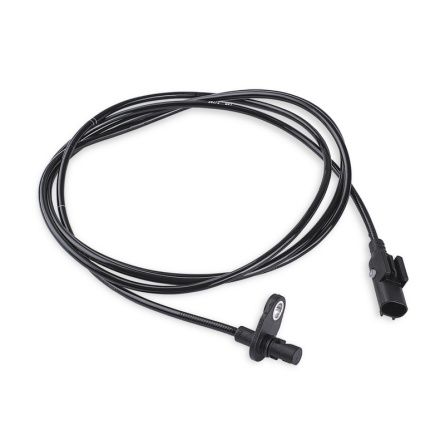
Rotational Speed Sensor
Volkswagen2E0927748T£57.32 £47.77 -

Rotational Speed Sensor
Volkswagen2E0927748G£57.32 £47.77 -
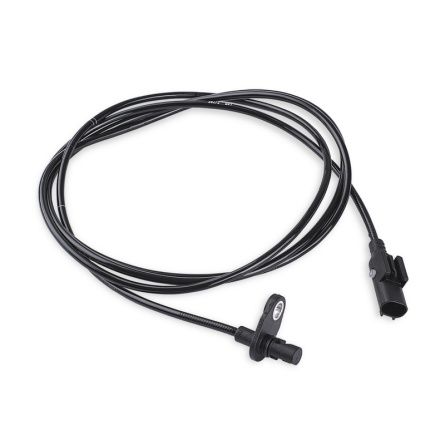
Rotational Speed Sensor
Volkswagen2E0927748C£57.32 £47.77 -
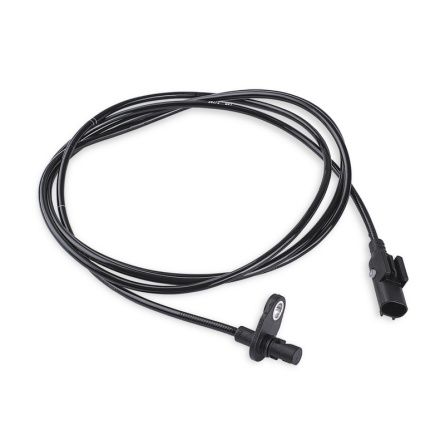
Rotational Speed Sensor
Volkswagen2E0927748AB£57.32 £47.77 -
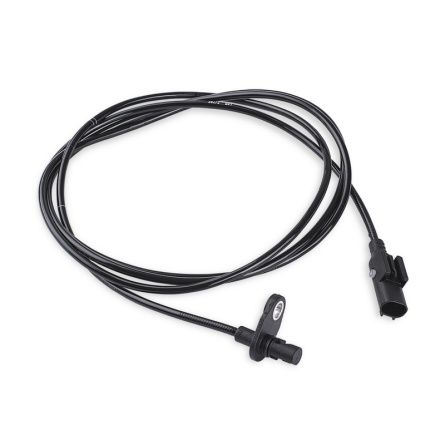
Rotational Speed Sensor
Volkswagen2E0927748M£57.32 £47.77 -
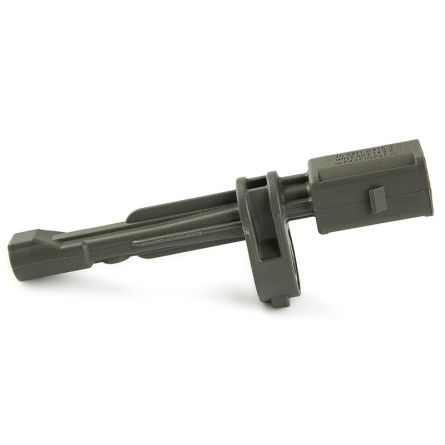
Rotational Speed Sensor
VolkswagenWHT007147B£16.37 £13.64 -
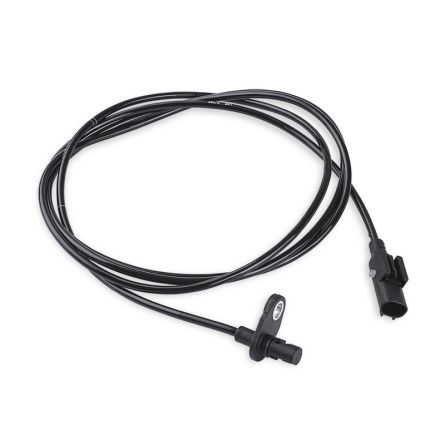
Rotational Speed Sensor
MercedesA9069053501£57.32 £47.77 -
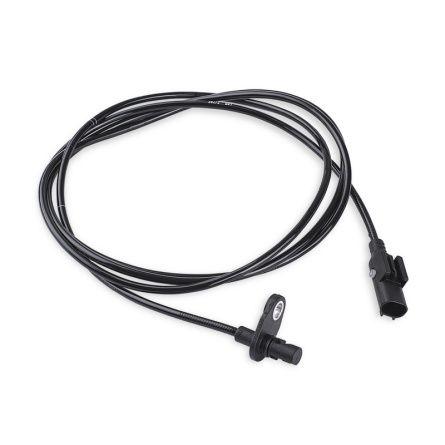
Rotational Speed Sensor
MercedesA9069053601£57.32 £47.77 -
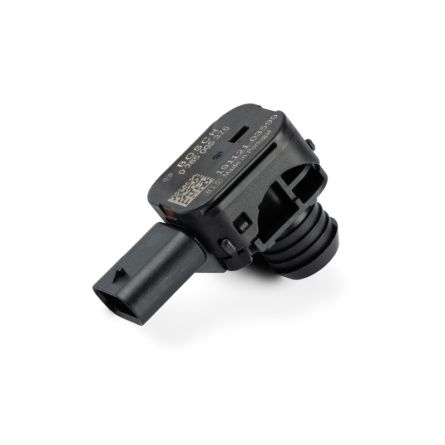
Vacuum Sensor
MercedesA0009055204£28.66 £23.88
Brake parts
Brakes are one of the most important components of any vehicle – their reliability determines not only driving comfort but, above all, the safety of the driver, passengers, and other road users. Brake parts such as discs, pads, hoses, sensors, and related hydraulic elements create a coherent system whose task is to stop the car quickly and effectively in any situation – regardless of speed, weather conditions, or road surface. That is why keeping the braking system in perfect condition is an absolute priority for every responsible driver. Regular inspection and the use of high-quality brake parts not only extend the service life of the entire system but also guarantee full control over the vehicle in critical moments when split seconds matter. A properly functioning braking system is the foundation of safety and performance, making driving confident and predictable, whether in daily commuting or in emergency maneuvers.
Understanding ABS System Components
The Anti-lock Braking System (ABS) is one of the most significant innovations in modern automotive safety, designed to prevent wheel lock-up during sudden or intense braking. Its main purpose is to maintain steering control while reducing stopping distances under challenging conditions, such as wet, icy, or uneven road surfaces. Unlike traditional braking systems that can cause wheels to skid when too much pressure is applied, ABS ensures that the brakes are applied and released in rapid pulses, allowing the tires to maintain optimal grip with the road.
The system is built around several crucial abs system components that work together to achieve this effect. Wheel speed sensors constantly monitor the rotational speed of each wheel, detecting the slightest loss of traction. These signals are transmitted to the ABS control module, the “brain” of the system, which interprets the data in real time. When it detects potential wheel lock-up, the module sends instructions to hydraulic valves that adjust brake pressure accordingly. By integrating these elements, the system transforms emergency braking into a controlled process rather than a risky maneuver. The result is shorter stopping distances, reduced risk of skidding, and a higher level of safety for both the driver and other road users. For this reason, ABS is now a standard feature in virtually all modern vehicles.
Key Components of the ABS System
The Anti-lock Braking System is made up of several interconnected elements, each playing a unique and vital role in ensuring the system functions effectively. Together, these key components of the ABS system provide drivers with enhanced stability, control, and safety, particularly during emergency braking situations.
At the heart of the system are the wheel speed sensors, which monitor the rotational speed of every wheel and detect irregularities that might indicate traction loss. Their precise, real-time data enables the system to react instantly. The second crucial element is the set of hydraulic valves, which regulate brake fluid pressure delivered to each wheel. This pulsing effect prevents the wheels from locking while still slowing the vehicle effectively. Another essential part of the components of abs system is the ABS control module (ECU), the electronic brain that interprets sensor input and commands the valves. Finally, the hydraulic pump restores pressure to the brake lines after release, ensuring consistent performance. Each of these components of abs system must work flawlessly in harmony, transforming braking into a highly coordinated safety mechanism.
Maintaining Your Brake Parts for Optimal Performance
Maintaining brake parts in excellent condition is essential for ensuring the proper performance of the entire braking system. Regular care not only extends the life of individual components but also guarantees that the system responds effectively in emergency situations, where even fractions of a second matter. Inspections should include brake pads, discs, and hoses, as even minor cracks, thinning, or wear can affect balance and efficiency. Timely replacement is equally critical, as worn pads or discs place additional strain on ABS and may lead to costly failures.
Brake fluid also requires attention, since it absorbs moisture over time and reduces system efficiency. Replacing it according to manufacturer schedules ensures reliable hydraulic pressure. Drivers should also remain alert to early warning signs, such as unusual noises, pedal pulsations, or warning lights. Addressing such signals immediately helps preserve the full functionality of the ABS system and all connected brake parts.
Choosing the Right Brake Parts for Your Vehicle
Choosing the right brake parts is one of the most important decisions for both safety and performance. Compatibility must always come first: each vehicle requires discs, pads, and sensors designed to match its specific technical requirements. Even small variations in size or design can reduce effectiveness. Quality is equally vital, as premium brake parts – whether OE or certified aftermarket – undergo rigorous testing and deliver durability, quiet operation, and stable braking under pressure.
Performance standards should also be considered. Heavy-duty vehicles may need reinforced brake parts, while high-performance cars require materials with high thermal resistance. Equally important is integration with ABS and stability systems: selecting parts designed to match abs system components ensures flawless cooperation with sensors and control modules. Finally, sourcing from reputable suppliers guarantees technical support and reliability. In short, by prioritizing compatibility, quality, and performance, drivers ensure that their braking systems remain safe, effective, and ready for all road conditions.